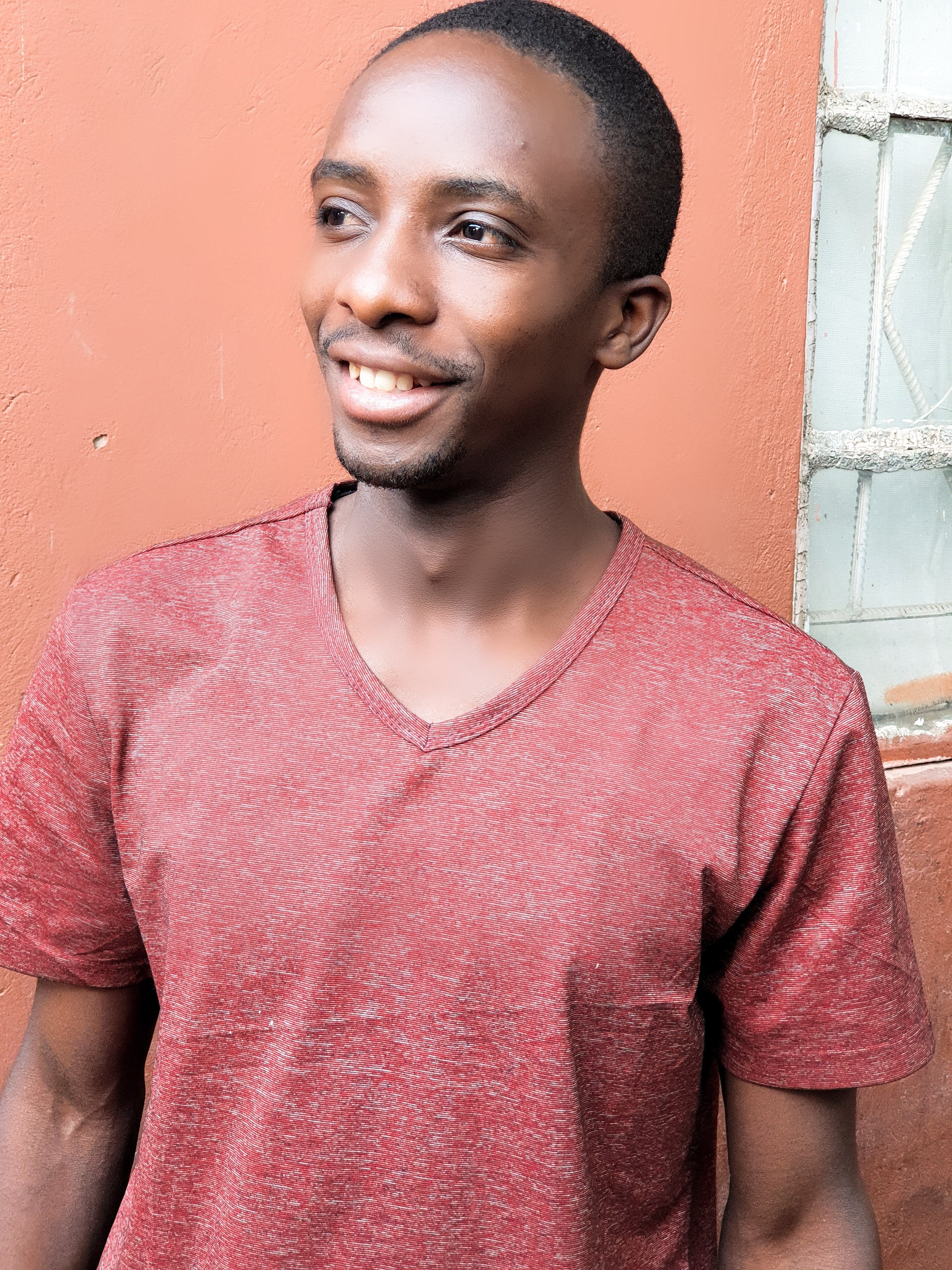 Born in Zambia, Harrington Kanyanta is a graphic artist, illustrator, and
an ardent advocate of interpersonal skill art.
Born in Zambia, Harrington Kanyanta is a graphic artist, illustrator, and
an ardent advocate of interpersonal skill art.
The book Koko Grows Food was selected for the inaugural reading list in English addressing UN Book Club Africa SDG 2-Zero Hunger. His artistic works cut across cultural values, education, personifications and caricature. Harrington Kanyanta and therefore serves as a way of leaving a scar on the fabric of time. At his art studio, ‘Kanyanta Arts,’ he teaches students on the mastery of arts.

How long have you been
creating images for children’s books?
I started writing in 2016, immediately after college.

What inspired you to take up the SDG
challenge?
I wanted an opportunity to showcase my works
and to express my love
for art.

The main focus of the SDG Book Club is to inform and educate children. Can you briefly describe how you were able to create a fusion of entertainment, education, and information?
As an
illustrator, I play around with vivid colors and manipulate facial expressions
and movement so as to add value to the context of the book. Color, rhythm and
movement make young ones feel the book.

How do you carry out Illustrations
for your book?
I brainstorm to
come up with the actual expressions of the characters and I also organize significant models to
give me certain movements and expressions that I can creatively depict.
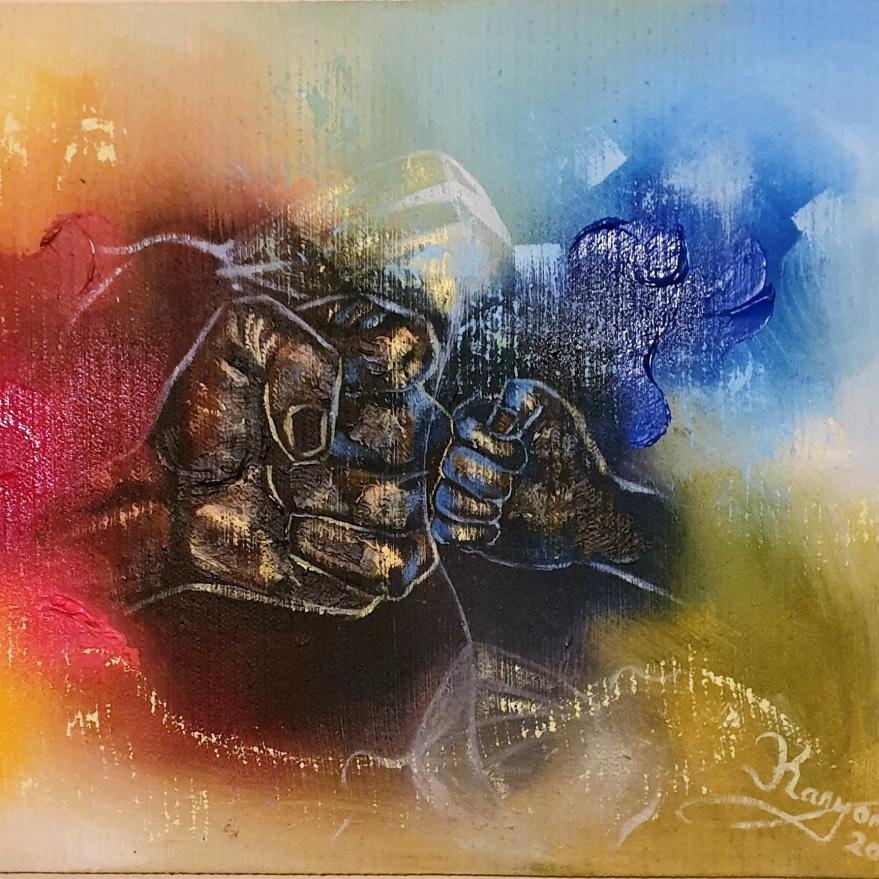
Credit: Harrington Kanyanta

So far, what has it been like, being an Illustrator?
Being an artist/ illustrator has given me a great sense of enhancing visual literacy, and the ability to see something beyond what is obvious.

What was your dream job when you were younger?
I wanted
to be a visual artist.

What do you like to do when you are
not drawing images?
I paint on canvas and teach young people who are interested in art.

What were the challenges you faced when creating illustrations for the book?
Basically, the major challenge was to create the same character with different movements in different spaces.

Describe
the process illustrating the main character of the story
I start by getting the overview context of the book by reading through and basically contextualizing content. This allows me to come up with conceptual ideas and figures to brainstorm on paper. The title of the book and its characters move me to a certain atmospheric space of imagination. Once I am there, I can create and recreate expressive and rhythmic movements touching the emotions of the characters. These approaches stimulate the mind of child.
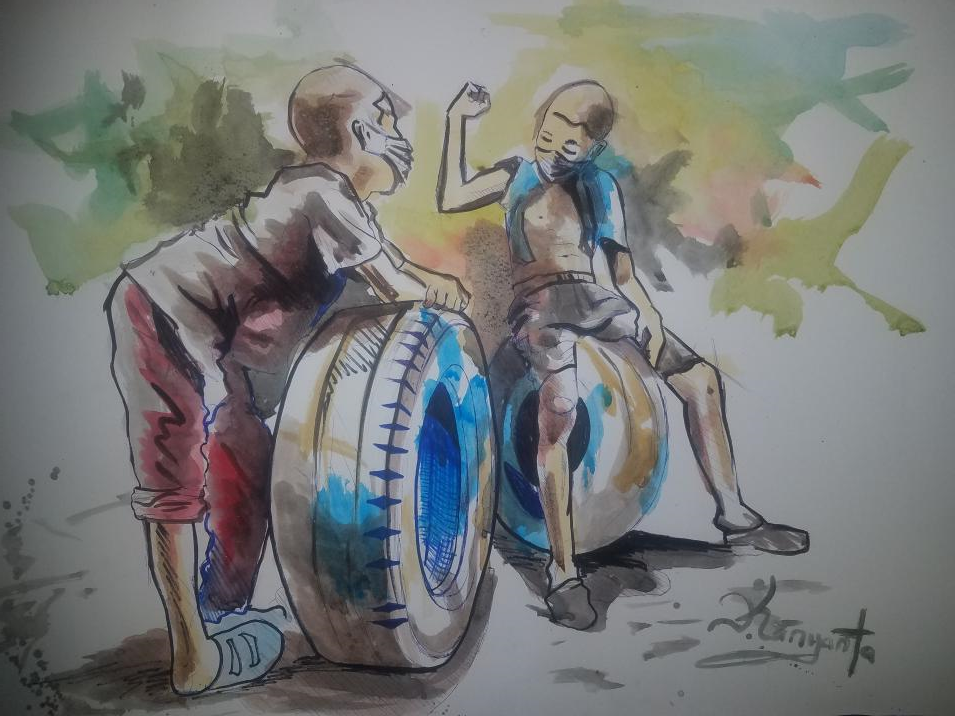
Credit: Harrington Kanyanta

What feeds your imagination when you make illustrations for a book?
Basically freedom, beliefs, love and hope, move and motivate me when I create something new. I call it comfort of thoughts. Additionally, nature and the environment transfigure my imagination.

Do you feel connected to the
characters as you come up with the pictorial ideas?
Definitely,
because I incorporate passion and feelings. Over time the
character becomes part of my DNA.

In some parts of Africa, the interest of youths in graphics and in the creative industries is declining. What advice would you give to aspiring artists across the continent?
I believe it will be an error to consider art as an end, because art is the journey that leads somewhere. That’s why I say artists never really die: our works live on and transcend to another level. Youths need to understand the beauty of art, as it shapes our minds, culture, generally the world at large. We create to inform, educate, entertain, and also to preserve the future and past through paintings and written records. Art is a profound skill and a survival skill. We keep forging ahead and we remember to be original and authentic. We exercise freedom so that our works can speak for you and help you remain optimistic about the world. I believe artists can change the world.
https://namibia.un.org/en/125415-sdg-book-club-african-chapter
https://www.facebook.com/unsdgbookclubafricanchapter
unsdgbookclubafricanchapter@gmail.com
https://www.youtube.com/channel/UCfNZcQ0hcme9l6SQBuBE97Q
https://twitter.com/sdg_club_africa

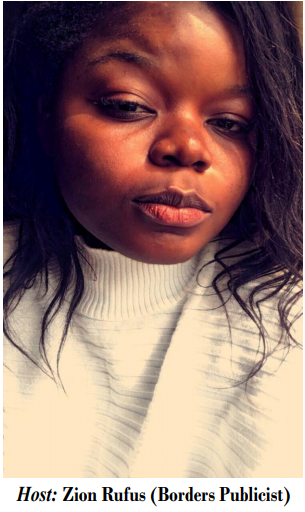
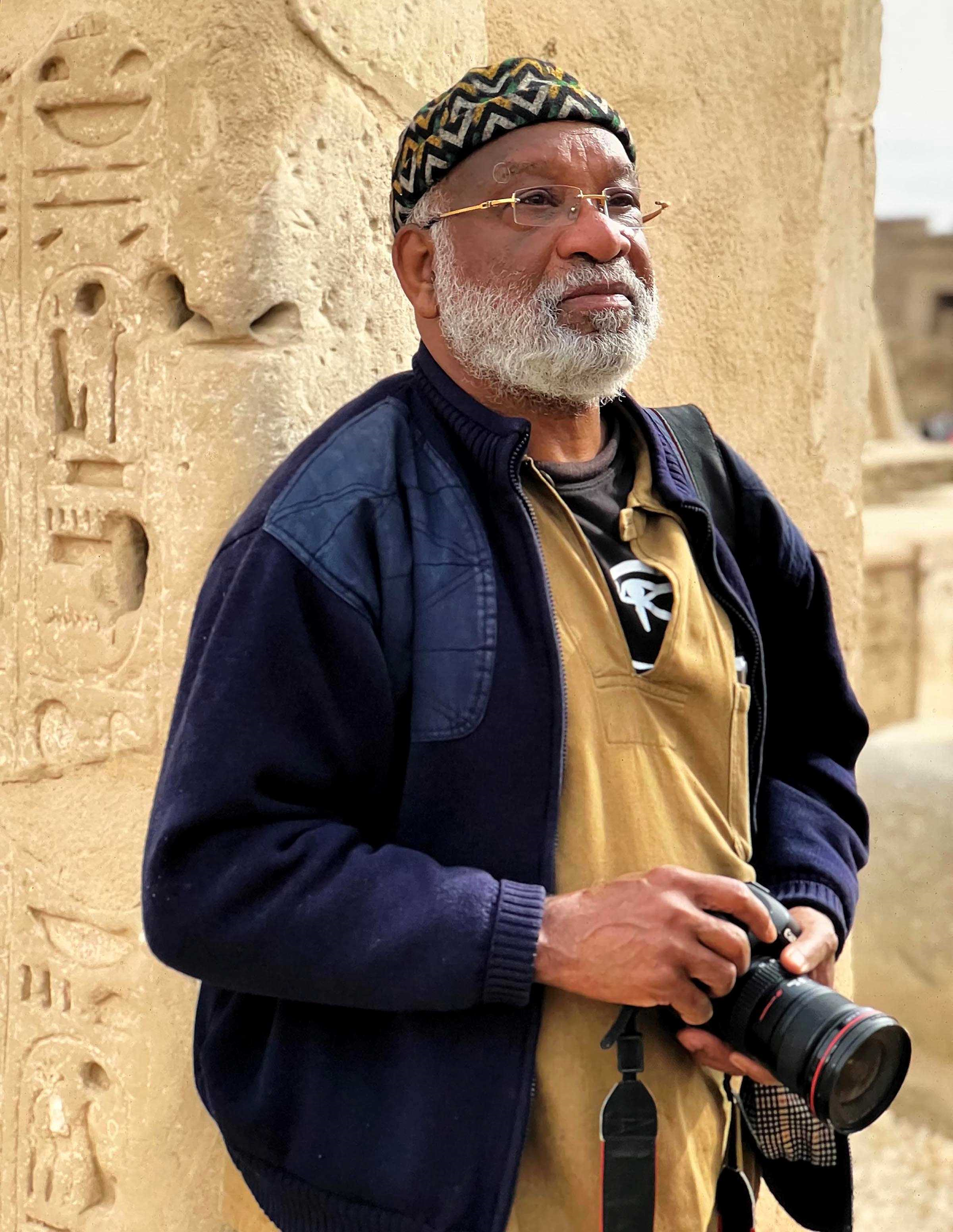
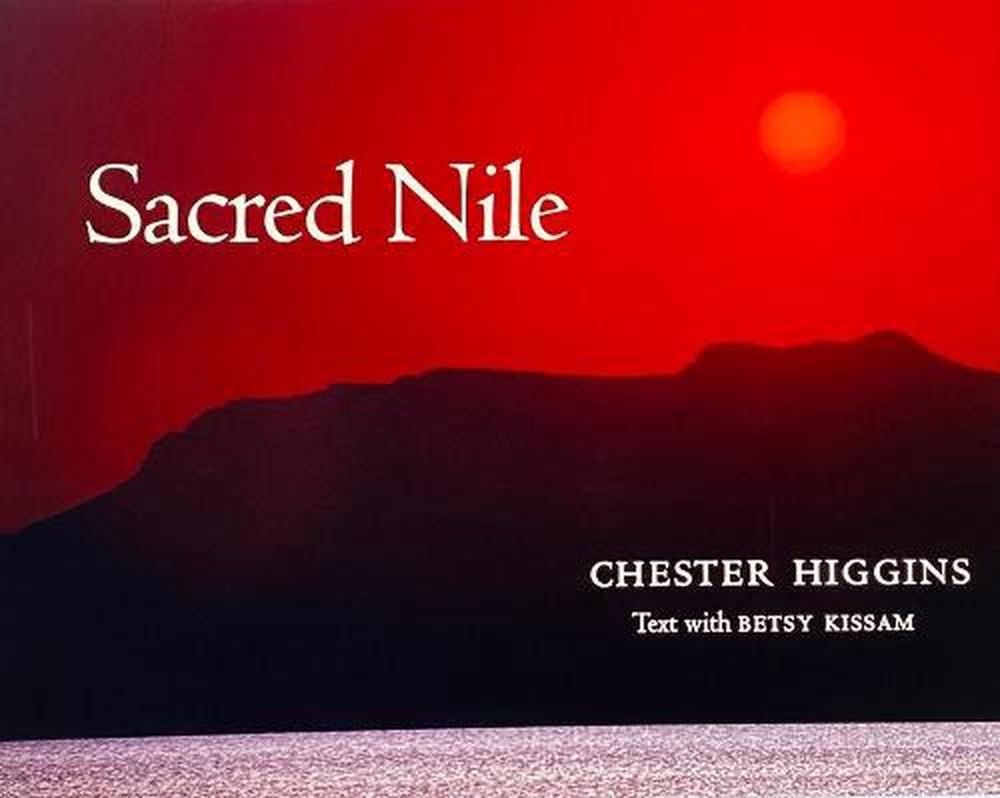
I am drawn to people of mixed-cultural descent and of mixed-race heritage. I'm also drawn to ...
David Aguilar, born in Andorra, is an inspiring figure known for his resilience and crea ...